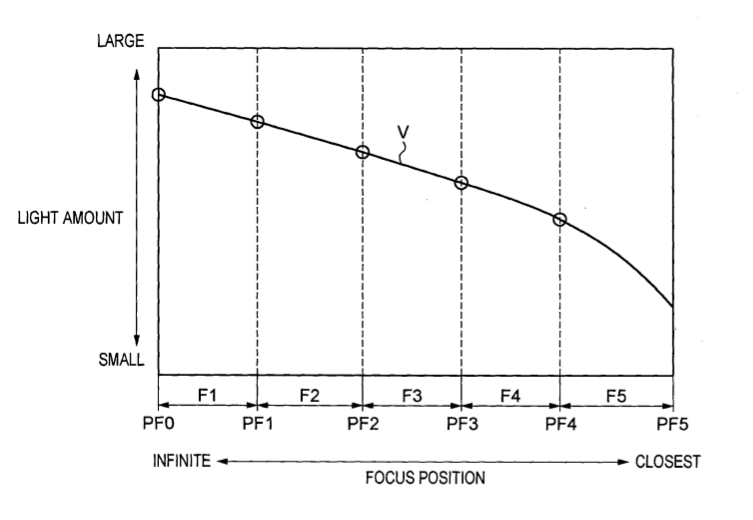Canon Files Another Patent For Phase Detection Auto-Focus
I reported about two similar patents filed by Canon in the past (here and here). Now Canon files another patent for phase detection Auto-Focus, explicitly referring to phase-detection AF for a camera with “removable lenses”.
The present invention has been made in view of the above-described problems, and provides an image- pickup apparatus in which a focus detecting pixel is arranged in a part of an image sensor to perform focus detection based on the phase difference detection method. With this arrangement, it is possible to reduce the frequency of lens driving upon focusing while preventing a hunting phenomenon upon focusing.
The image-pickup apparatus according to a first aspect of the present invention capable of mounting a removable lens unit with an image-pickup optical system including a focus lens thereon,
comprises: an image sensor in which an image-pickup pixel to receive a light beam passed through an exit pupil of the image-pickup optical system and a focus detecting pixel to receive a light beam passed through the exit pupil, partially shielded, of the image-pickup optical system are arrayed; focus detection means for detecting a shift amount of the focus lens from a focus position based on a phase difference in an output signal from the focus detecting pixel; and acquisition means for acquiring ray vignetting information of the image-pickup optical system, wherein, when a position detection resolution of the focus lens is lower than a drive resolution of the focus lens, the focus detection means detects the shift amount of the focus lens from the focus position using the ray vignetting information in a predetermined position of the focus lens specified based on information from the lens unit.
Could this be the patent for a new method to get phase-detection AF? Maybe it is for Canon’s next, pro-oriented mirrorless camera.
[via freepatentsonline]












